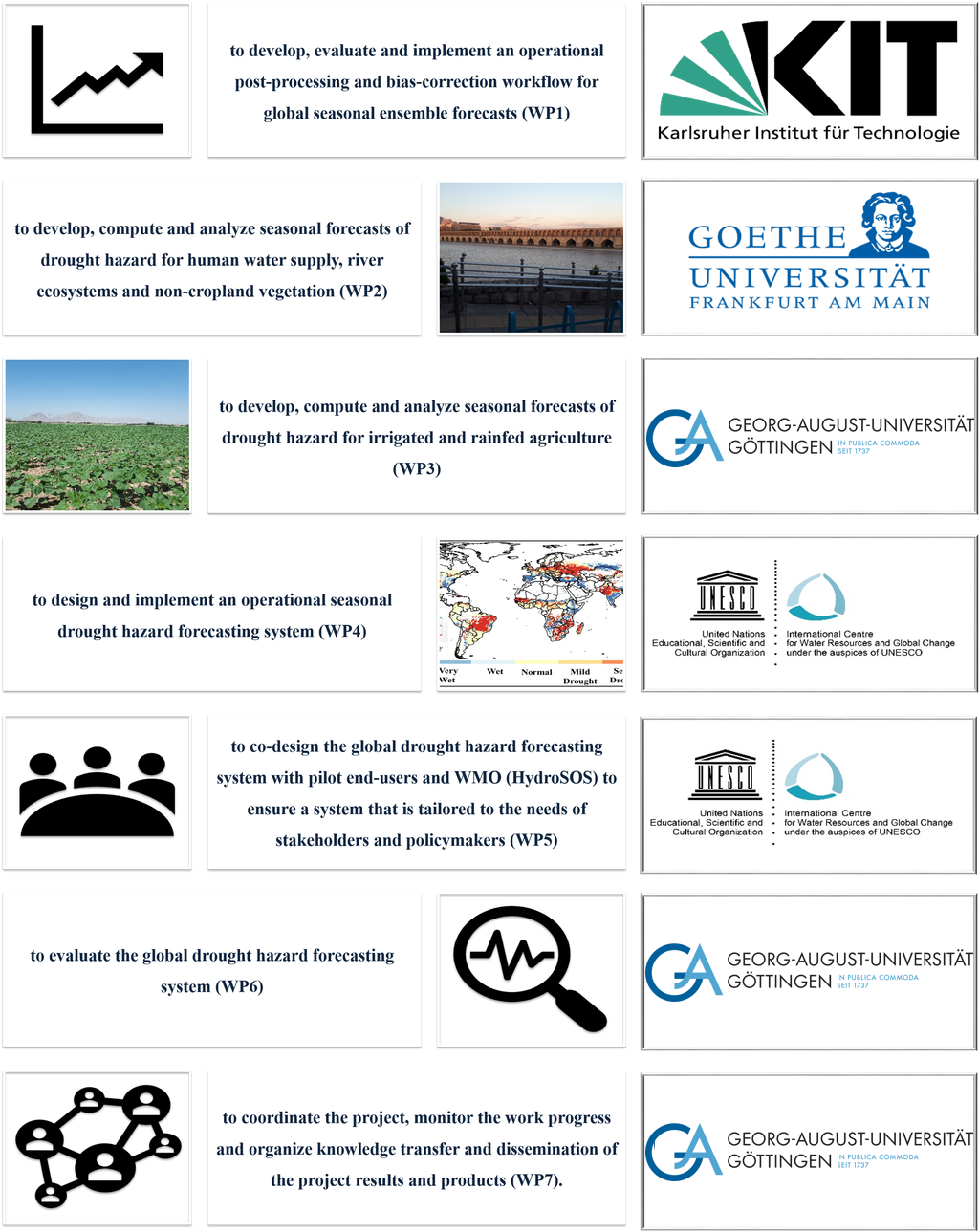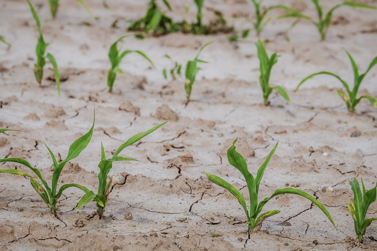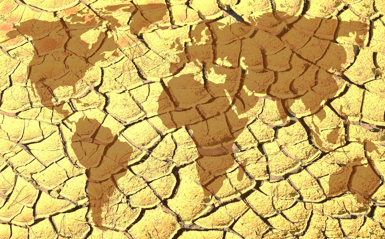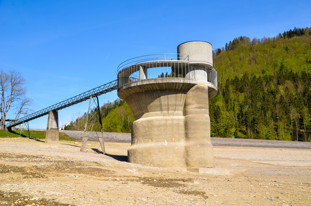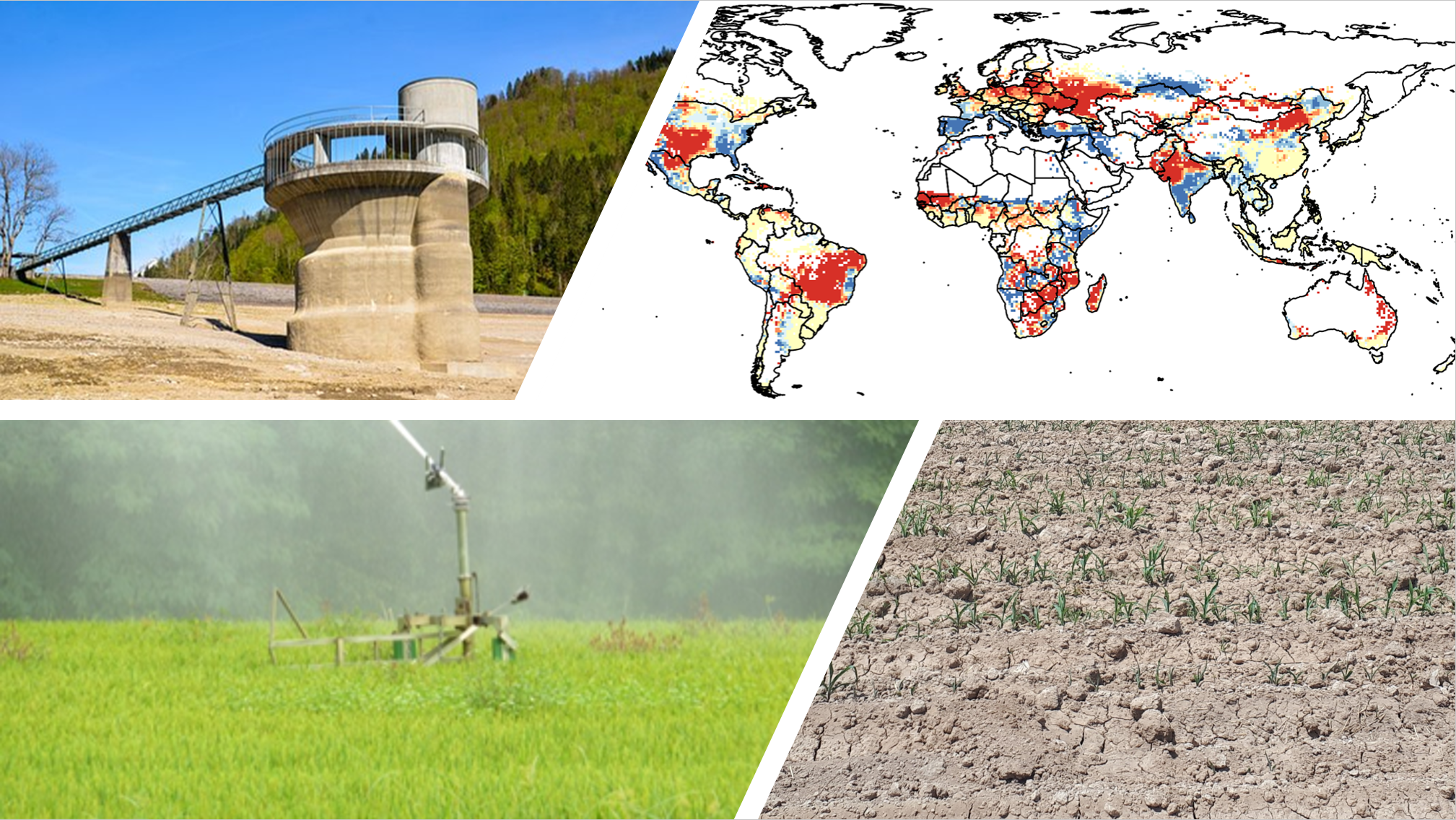
Drought, as a global problem, has been affecting water supply, agriculture, terrestrial, and aquatic ecosystems. Drought events have become more common in recent years across all continents; thus, addressing drought impacts on water resources and socioeconomic conditions has received attention to develop mitigation and adaptation strategies. Many innovative modeling systems established by academic institutions are exclusively available to academics and are not accessible or used by practitioners or policymakers. These constraints are especially critical in data-scarce regions where decision-making and drought management are hampered by a lack of drought data. Therefore, within OUTLAST project (development of an Operational, mUlTi-sectoral globaL drought hAzard forecasting SysTem), we intend to establish and implement the first worldwide, multi-sectoral, and operational drought forecasting system for quantifying drought hazard in water supply, riverine and non-agricultural land ecosystems, rainfed and irrigated agriculture. Within this project the applicability of the data and models for drought forecasting will be rigorously examined for different locations, sectors, and periods using historical reanalysis data and historical ensemble forecasts. For this purpose, two global-scale models i.e., WaterGAP (by University of Frankfurt, Institute of Physical Geography, Hydrology group) and GCWM (by University of Göttingen, Department of Crop Sciences, Division Agronomy) will be further developed to provide monthly drought forecasts globally at 0.5-degree spatial resolution and for a six-month forecast period. These forecasting models will be permanently operational. In cooperation with pilot users in Lake Victoria (Burundi, Kenya, Rwanda, Tanzania, and Uganda) and West and Central Asia (e.g. Afghanistan, Armenia, Azerbaijan, Iran, Iraq, Lebanon, Oman, Syria, Tajikistan, Turkey, Uzbekistan), the value of global-scale forecasts released for the subsequent six months for data-poor and transboundary basins will be tested and relevant drought indicators will be identified. This will include using historical meteorological "forecasts" to generate drought forecasts for historical drought events reported for these regions and validating them regionally. We also systematically investigate the predictive ability of global-scale drought forecasts based on bias-corrected seasonal ensemble weather forecasts (provided by the Karlsruhe Institute of Technology (KIT) - Campus Alpin), as well as the factors influencing the predictive skill in terms of (i) the type of drought (soil moisture and hydrological droughts) and the affected sector, (ii) the length of the forecast period, (iii) seasonal and regional differences in predictive quality.
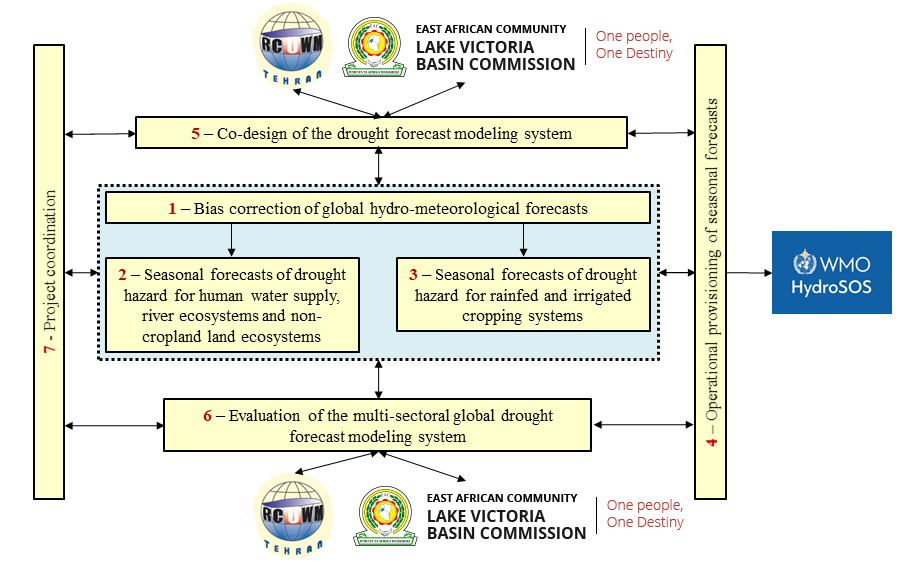
To this end, the International Center for Water Resources and Global Change (ICWRGC), in coordination with the Federal Institute of Hydrology (BfG in Koblenz), will develop and evaluate concrete concepts during the project period on how such an operation can be established, and maintained; and how to submit this information to the new the Global Hydrological Status and Outlook System (HydroSOS) at World Meteorological Organization (WMO). The use of the HydroSOS-portal ensures high visibility of the research conducted in OUTLAST. The forecasts provided by OUTLAST can also contribute to the achievement of several Sustainable Development Goals (SDGs) of the United Nations, particularly SDG1(no poverty), SDG2 (zero hunger), SDG6 (clean water and sanitation), SDG13 (climate action) and SDG15 (life on land).
